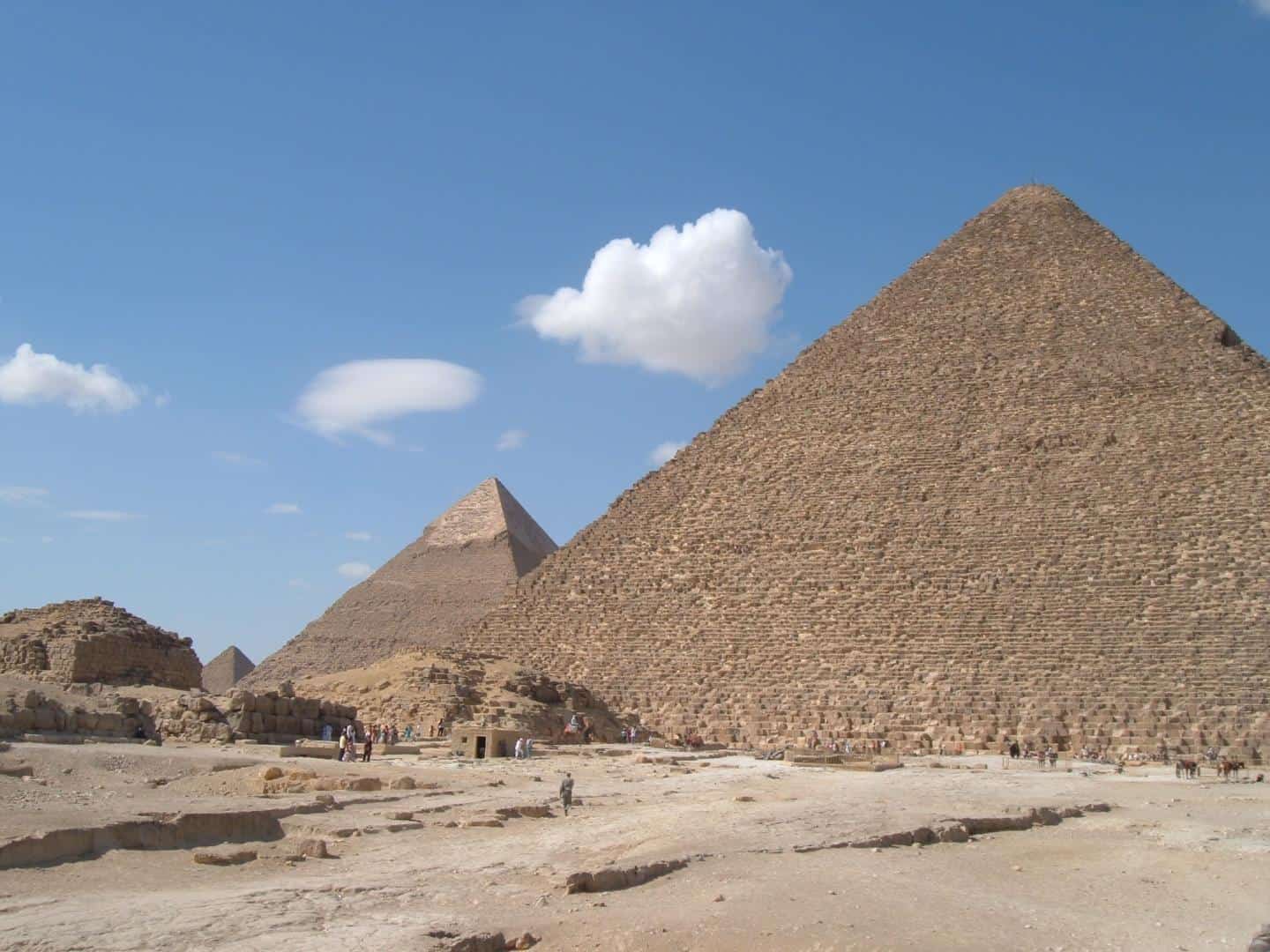
The pyramids of Ancient Egypt hold countless untold secrets, including the way in which they are aligned. Now, one archaeologist posits that the rotation of the Earth and its relation to the sun hold the key.
The pyramids have square bases with four corners. Some of them, like the famous Great Pyramid of Giza, have each corner facing a different cardinal direction: North, East, South, and West. The alignment at the Great Pyramid is nearly perfect, only 0.067 degrees counterclockwise from perfect cardinal alignment. Two other Egyptian pyramids, Khafre (also referred to as Chephren) and the Red Pyramid, are also aligned at almost exactly the same angle, just slightly counterclockwise.

Now, Glen Dash, an electrical engineer with an interest in archaeology, has published a paper in The Journal of Ancient Egyptian Architecture explaining how ancient Egyptians were able to figure out how to align their buildings nearly perfectly to the elements: they used the fall equinox.
Dash, who funds his research through his own independent charitable organization, explained to Live Science how Ancient Egyptians may have figured out this alignment. By counting 91 days after the summer solstice, one can land squarely on the fall equinox. On that day, you can stick a pole in the ground and watch the shadow. This type of pole functions as a “gnomon,” which is the tall part of a sundial that casts a shadow. If you mark the tip of the pole’s shadow as it moves across the sand during the day, the marks should create a line that points perfectly east and west. To minimize error, it’s best to have an extremely tall gnomon. Then, you can align the corners of your pyramid to match the line in the sand.

The theory is enticing, but there is still much that is unknown about how the pyramids were built and whether ancient Egyptians used this technique. No one has ever found records detailing their methods for orienting their pyramids, nor has an ancient Egyptian compass been found. There are other ways to find exact direction of North, East, South and West, although Dash argues that the pole method is the simplest. Perhaps ancient Egyptians used multiple methods to determine the cardinal directions, Dash writes in the study.

Furthermore, only three pyramids show this orientation, and there is no known reason that such an orientation would be optimal for a structure.

